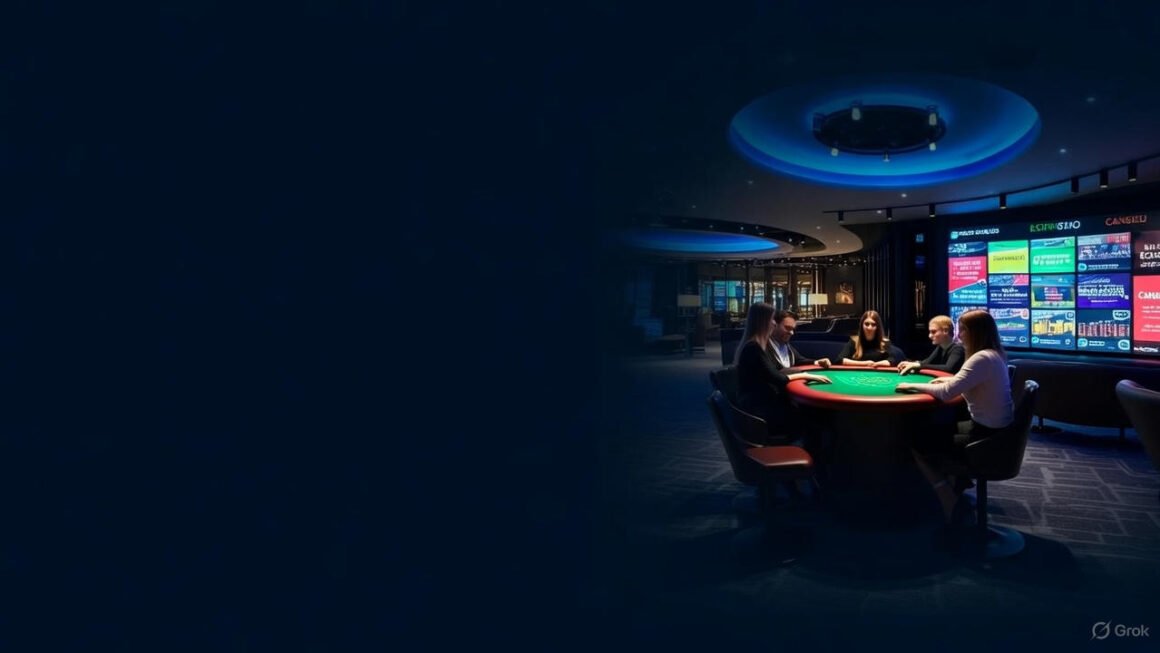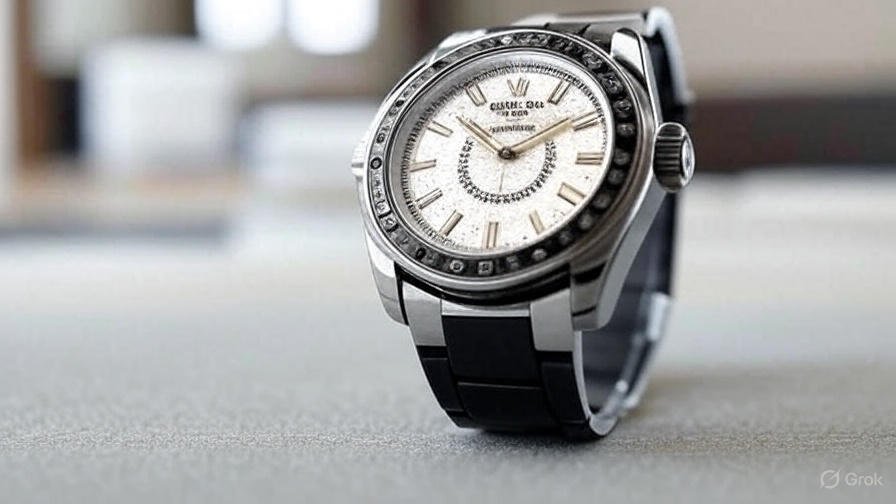The luxury watch industry, long revered for its craftsmanship and exclusivity, is facing a new wave of challenges and discussions as high-quality replicas of prestigious brands, particularly Richard Mille, gain traction in the market. Known for their avant-garde designs and cutting-edge materials, Richard Mille watches have become a symbol of status and innovation since the brand’s inception in 2001. However, the increasing availability of near-identical replicas, such as those found at richard mille replica retailers, has sparked debates among collectors, manufacturers, and retailers about authenticity, value, and the future of luxury timepieces.
The Allure of Richard Mille Watches
Richard Mille, founded by French businessman Richard Mille, redefined luxury watchmaking with its bold approach to design and technology. The brand’s timepieces, often priced above $150,000 and reaching into the millions for limited editions, are crafted using materials like titanium, carbon TPT, and sapphire crystal. These watches are not just accessories but engineering marvels, often featuring complex movements like tourbillons and chronographs. Their lightweight construction and durability make them favorites among athletes like Rafael Nadal and Formula 1 drivers like Lando Norris.
The exclusivity of Richard Mille watches, with only around 5,000 pieces produced annually, adds to their allure. The brand’s partnerships with high-profile figures and its presence in elite boutiques in cities like Dubai and Beverly Hills further cement its status as a cultural phenomenon. Yet, this exclusivity also makes genuine Richard Mille watches unattainable for many, creating a fertile ground for replicas to thrive.
The Rise of High-Quality Replicas
In recent years, the market for luxury watch replicas has evolved significantly. Unlike the poorly made fakes of the past, today’s high-end replicas, often referred to as “super clones,” are crafted with remarkable precision. Manufacturers in regions like Guangzhou, China, have honed their techniques, producing timepieces that mimic the aesthetics and functionality of original Richard Mille watches. These replicas often use materials like carbon fiber and stainless steel, and some even incorporate automatic movements to replicate the feel of a genuine timepiece.
Websites like richard mille replica and unitedluxury.net advertise these replicas as 1:1 copies, boasting features like anti-reflective sapphire glass and Malaysian rubber straps. Prices for these replicas range from $500 to $2,400, a fraction of the cost of an authentic Richard Mille, which can start at $200,000. The affordability, combined with their visual similarity to genuine models, has made them increasingly popular among watch enthusiasts who seek the brand’s aesthetic without the exorbitant price tag.
Industry Concerns and Ethical Questions
The proliferation of high-quality replicas has raised significant concerns within the luxury watch industry. For brands like Richard Mille, whose value lies in exclusivity and craftsmanship, replicas threaten to dilute brand prestige. Industry experts argue that the widespread availability of convincing fakes could undermine consumer confidence in the secondary market, where pre-owned Richard Mille watches are often traded at premium prices.
Moreover, the ethical implications of purchasing replicas are a point of contention. While some view replicas as a way to democratize luxury, others see them as a form of intellectual property theft. Watch expert Ariel Adams notes, “The reality of buying a luxury watch is that your experience as a consumer is entirely dependent on how savvy you are.” Buying from unverified sources increases the risk of acquiring a counterfeit, potentially leading to financial loss and disappointment.
Richard Mille has taken steps to combat counterfeiting by emphasizing the unique serial numbers and high-quality materials used in its watches. For instance, genuine Richard Mille timepieces feature clean-cut engravings and lightweight titanium cases, which are difficult to replicate perfectly. However, as replica manufacturers continue to improve their techniques, distinguishing fakes from originals has become a challenge even for seasoned collectors.
Consumer Perspectives and Market Dynamics
The demand for Richard Mille replicas reflects broader trends in consumer behavior. For many, owning a replica is less about deception and more about enjoying the design and prestige associated with the brand. Social media platforms like Reddit’s r/RepTime reveal lively discussions among enthusiasts who share tips on spotting high-quality replicas and debate their merits. One user commented, “I know it’s not the real deal, but for $1,500, I get the look and feel of a $200,000 watch. It’s a no-brainer for me.”
Retailers like Dubai Watch Stores and minluxury.com cater to this demand by offering warranties and trackable shipping, making the purchase of replicas feel more legitimate. These platforms emphasize the craftsmanship of their products, claiming that their replicas are “99.99% accurate” to the originals. However, industry insiders warn that even the best replicas fall short in terms of movement quality and long-term durability.
The secondary market for luxury watches has also been affected. Trusted dealers like LuxuryBazaar.com stress the importance of buying from reputable sources to avoid fakes. They note that authentic Richard Mille watches come with extensive documentation, including warranty cards and serial numbers, which replicas often lack or poorly imitate. For buyers, verifying these details is crucial to ensuring authenticity.
The Future of Luxury Watchmaking
As the debate over replicas continues, the luxury watch industry faces a pivotal moment. Richard Mille’s business model, which relies on limited production and high-profile partnerships, has propelled it to a reported $1.7 billion in revenue in 2024, according to posts on X. Yet, the growing sophistication of replicas challenges the industry to innovate further and educate consumers on the value of authenticity.
Some experts suggest that brands could counter the replica market by offering more accessible entry-level models or emphasizing the emotional and cultural significance of owning a genuine timepiece. Others believe that technological advancements, such as blockchain-based authentication, could help verify the provenance of luxury watches, making it harder for replicas to infiltrate the market.
For now, the allure of Richard Mille replicas persists, driven by their affordability and striking resemblance to the originals. As one collector put it, “It’s not about fooling anyone; it’s about feeling like you’re part of the club.” Whether this trend will reshape the luxury watch industry or spur brands to double down on exclusivity remains to be seen.
Conclusion
The rise of Richard Mille replicas underscores a complex interplay between aspiration, innovation, and ethics in the luxury watch market. While these replicas offer an accessible entry point to the world of high-end timepieces, they also pose challenges to the industry’s core values of craftsmanship and exclusivity. For consumers, the key lies in education and vigilance—knowing how to spot a fake and understanding the true value of an authentic Richard Mille watch. As the industry navigates this evolving landscape, one thing is clear: the fascination with Richard Mille, whether genuine or replicated, shows no signs of fading.
More information please visit GIMKIT.



